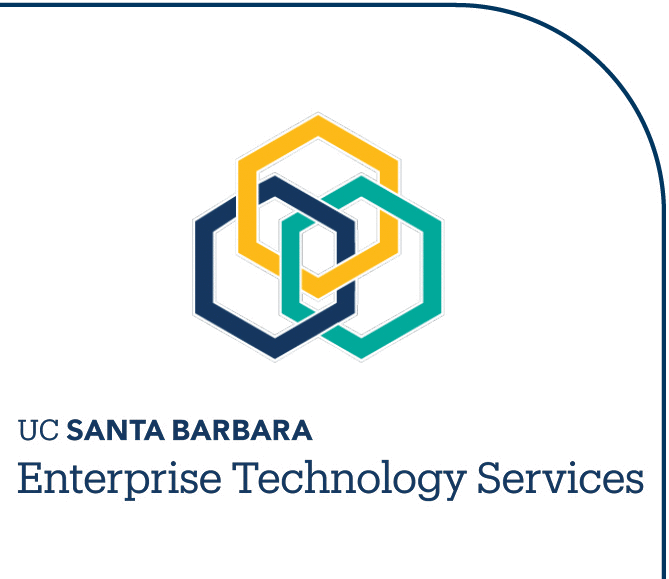Standard Feature Package With or Without Optional Call Waiting
(No Additional Monthly Charges)
A variety of feature options are available when you sign up for telephone service with Communications Services.
For information on how to use your custom calling features, see Detailed Calling Instructions, or click on the word "How?" where it appears next to the feature.
Call Transfer (How?)
Call Transfer allows you transfer a call to another number. Note: If you transfer a call to non-campus number, such as a cell phone, your line will incur any applicable charges.
Three-Way Calling (How?)
Three-Way Calling allows you to include a third party on an outgoing call. Note: If you include a non-campus number, such as a cell phone, your line will incur any applicable charges.
Distinctive Ringing
A longer and slower ring indicates a call from someone else on the UCSB telephone system. A shorter and faster ring indicates a call from someone outside the system.
| |
Ring tone for calls from within the UCSB system (longer and slower): | |
 |
| |
Ring tone for calls from outside the UCSB system (shorter and faster): | |
 |
Call Forward (How?)
Call Forwarding allows you to redirect all incoming calls to another number, or directly to your voice mailbox, if you have one. Note: If you forward calls to a non-campus number, such as a cell phone, your line will incur any applicable charges.
Call Hold (How?)
Allows you to place a call on hold, and then resume the conversation.
Camp-On with Callback (How?)
If you call a campus 893 number and it�s busy, you can invoke Camp-On With Callback. When the busy number becomes available, your phone will ring. When you pick up your handset, the called party�s number will ring, and when they answer your call will be connected.
Call Return (*69) (How?)
Allows you to dial your last caller automatically when you do not get to your telephone in time, or do not answer Call Waiting. This feature works for all an-campus and off-campus calls where the caller�s number is not blocked.
Redial (##) (How?)
Allows you automatically redial your last call by lifting the handset and dialing ##.
Call Waiting (Optional) (How?)
Allows you to answer a waiting call while placing an existing call on hold.
Cancel Call Waiting (Optional) (How?)
Allows you to cancel Call Waiting for the duration of a single call.
Caller ID Feature Package With or Without Optional Call Waiting
The Caller ID Feature Package contains all the features available in the Standard Feature Package, and also provides Incoming Caller ID capability, if you have a telephone with a screen that is capable of displaying Caller ID. Once you purchase the Caller ID package:
- If an on-campus caller dials your number using just your extension (i.e., the last 4 digits), your display will show the caller�s extension.
- If an off-campus caller has not blocked the display of information, your screen will show the caller�s seven or ten-digit telephone number. If the caller is capable of sending the information, and your display screen is capable of displaying it, you may also see the caller�s name.
(How?)
Related Information
RSP

